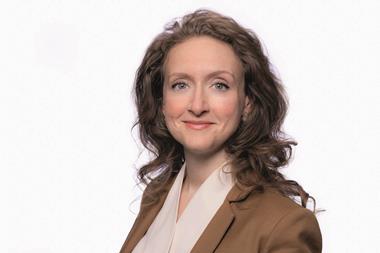DENMARK - The Danish pension system lives up to recommendations made in the European Commission's White Paper on pensions, but more could be done on gender equality, according to industry association F&P.
In response to the publication of the White Paper, F&P (Forsikring og Pension) said: "Denmark is ahead of others, with a robust and flexible pensions system."
Sara Løchte, chief adviser at the association, said: "There are no bombs under the Danish pension system in the commission's White Paper.
"The commission has made much of recommending supplementary savings alongside state pensions.
"We in Denmark are head of the class on this point because many Danes have supplementary pension saving through their job."
Some 2.1m people have supplementary pensions in Denmark, equating to almost 80% of the workforce, F&P said.
Løchte also said there was a good tradition of "predictability" in the country, which gave people the best chance of planning their pension savings.
This was just the type of security and robustness in a pensions system that the commission had recommended, she said.
But she also warned: "We must take care domestically that we do not squander this by, for example, separate pensions taxation."
However, there were areas in the recommendations where Denmark could make improvements, Løchte said.
"For example, women's average pension savings continue to be lower than men's," she said. "This is partly due to the fact women don't spend as much time in the labour market as men."
The association pointed out that Danish women generally have longer parental leave from jobs, and more periods of part-time work, in addition to retiring earlier - even though on average they live longer than men.
Because of this, women saved correspondingly less in their pensions, but, at the same time, their savings were supposed to stretch over a longer period.
"This inequality is a problem," Løchte said. "But it can't be solved by regulating pensions conditions because they just reflect the differences between men and women's incomes in the labour market."
The association said that, according to European Commission estimates, if old people and women participated in the labour market to the same extent as those countries with the highest employment rate for these two groups, this in itself could neutralise the negative economic consequences of Europe's ageing population.











